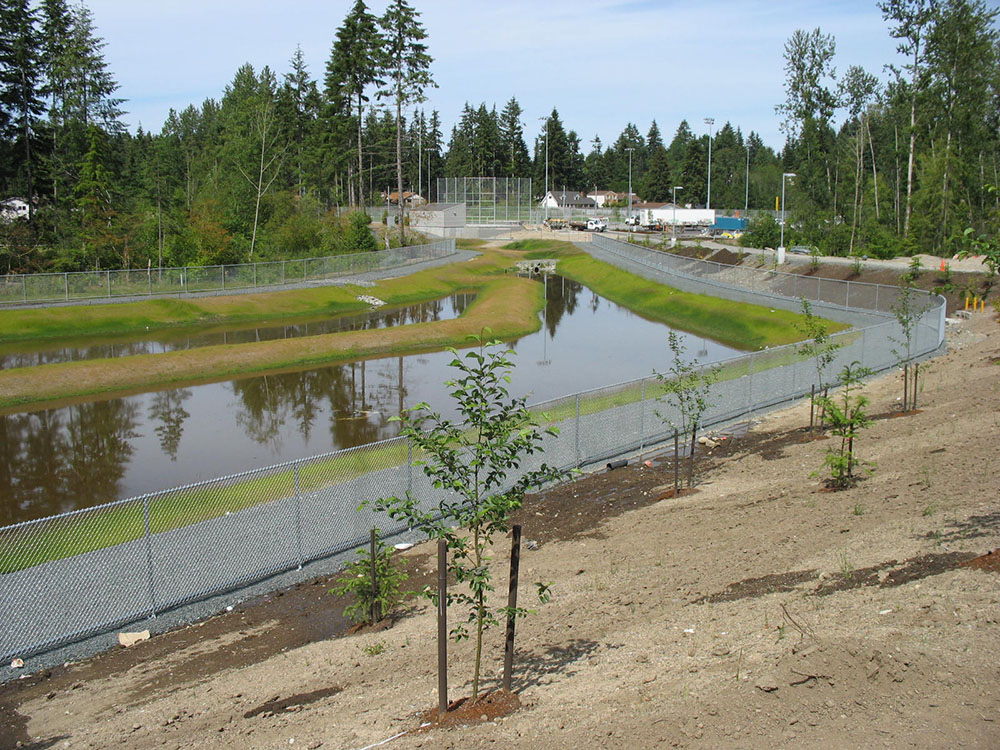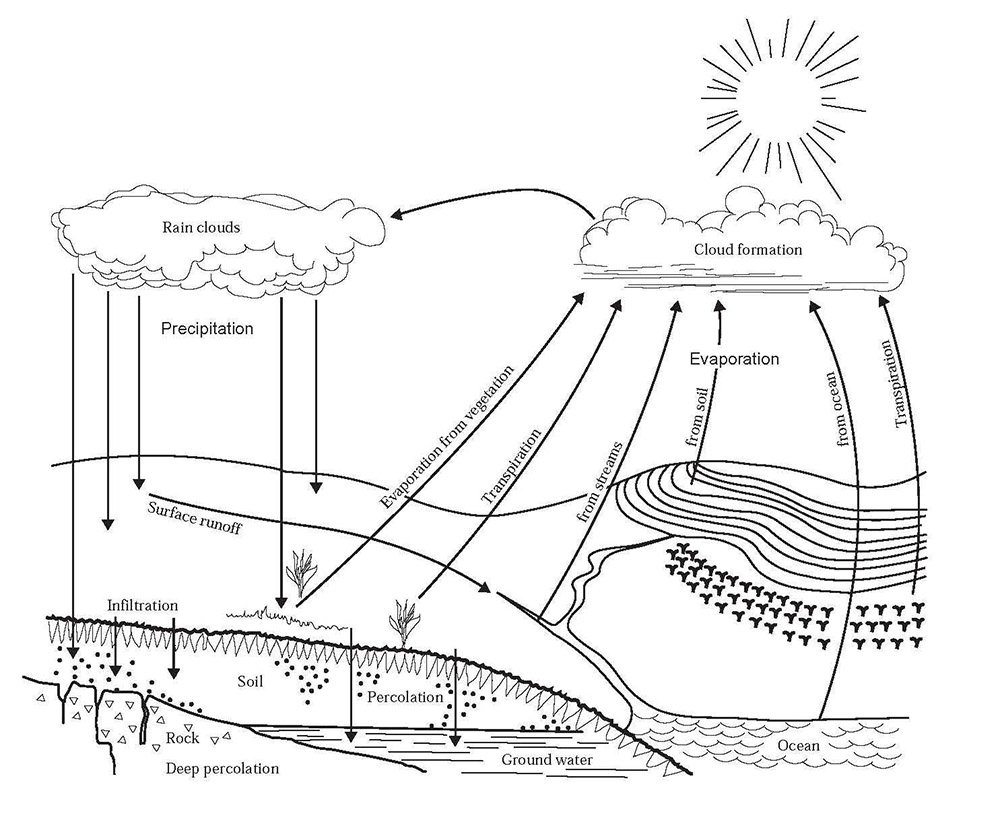 Time has passed quickly, and many changes have been made to stormwater management over the 41 years of my career. Back in 1972, when President Nixon signed the Clean Water Act (CWA), I was a newly hired engineer and surveyor for Reid Middleton & Associates on Main Street in Edmonds, Washington. Jim Reid, owner and President of the company called me into his office one afternoon and told me, “Allan, I want you to keep track of this new federal law because I believe it will have an impact on our design practice.”
Time has passed quickly, and many changes have been made to stormwater management over the 41 years of my career. Back in 1972, when President Nixon signed the Clean Water Act (CWA), I was a newly hired engineer and surveyor for Reid Middleton & Associates on Main Street in Edmonds, Washington. Jim Reid, owner and President of the company called me into his office one afternoon and told me, “Allan, I want you to keep track of this new federal law because I believe it will have an impact on our design practice.”
I had no idea how much a change it would have on me or the state of Washington. At the time, we were not using computer models; everything related to stormwater was a hand calculation using formulas found in college texts and the federal Soils Conservation Service (SCS) publications. Within months, state and local governments were looking into changes to ordinances, codes and regulations. Today, nearly every civil engineering project requires stormwater management design.
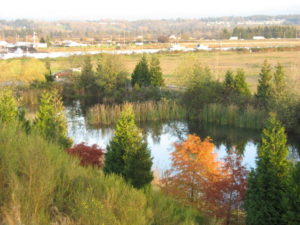
Sitting through city and county council meetings became secondhand. I learned about and reported pending rule changes as they were happening. I observed that the state set the minimum standards that county and local governments are required to meet or exceed. When the first changes began to trickle down, there was a strong reliance on federal regulations, but taking into account the unique climate and rainfall patterns, Washington soils and topographic conditions required all involved to focus on issues that make the state what it is — evergreen.
With the first changes, we were required to restrict the peak rate of runoff from the development site to the runoff rate before the current development. The specific storm we designed to was a 24-hour duration “10-year” storm (a 10-year storm is a storm that has a reoccurrence interval of 10 years).
Remember, there were no standard sets of details or computer aided design tools; it was hand calculations and ink on Mylar back then. Soon, other methods and rules were added by city, county and state government to address downstream impacts that continued to be observed as a result of new development.
Formulas and Models
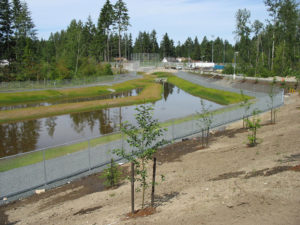
First, there were hand calculations using Manning’s equation for pipe flow capacity and flow velocity. Next, to determine the peak rate of runoff from a parcel of land, we used the “Rational Method,” taking the land area, type of cover (such as forest, meadow, or pavement), and time of concentration (the time it takes stormwater runoff to flow across the parcel), and a rainfall rate related to the time of concentration. Later we used the “Y & W” method, a simplified empirical equation to determine the amount of runoff storage required to restrict the peak rate of runoff.
SCS stormwater methods for developments of 25 or more acres of land were added later. More sophisticated, these methods also rely on empirical observation for estimating runoff. The Stanford Watershed Model followed, and we used computer event models for two-year to 100-year stormwater events. Compliance at five acres and larger for construction stormwater pollution control was then added to the rules.
We are now focused on Construction Stormwater Management at one acre development impacts due to the negative environmental impacts of sediment and other pollutants that are connected with construction.
Community of Knowledge
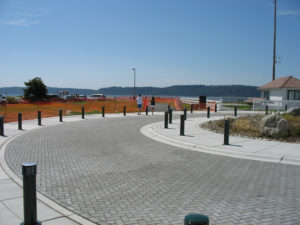
Mukilteo Light House Park. Use of permeable pavement to reduce the number of surface structure while providing water quality treatment in subsurface filtration
I’ve been fortunate to participate in community sharing of stormwater runoff expertise. In 1998, I was involved in the preparation of the Washington State Department of Ecology (Ecology) Stormwater Management Manual for Western Washington. Being part of this iterative process, I became more aware of the complex issues related to stormwater management and the cause and effect in our state.
In 2006, I became an Ecology instructor for Construction Stormwater Management certification and recertification. I will continue to be an instructor, training the development community (both public and private) about ever-changing construction stormwater management issues and how to maintain the highest water quality practices during construction.
Stormwater management is not a ‘fix and forget’ responsibility — for we all need to be stewards of the environment of the Pacific Northwest. After 41 years, I see younger members of the firm stepping into my place to continue our stormwater practice, to provide quality engineering design to meet client needs while maintaining a high standard for a renewable environment for people to live and thrive in.

